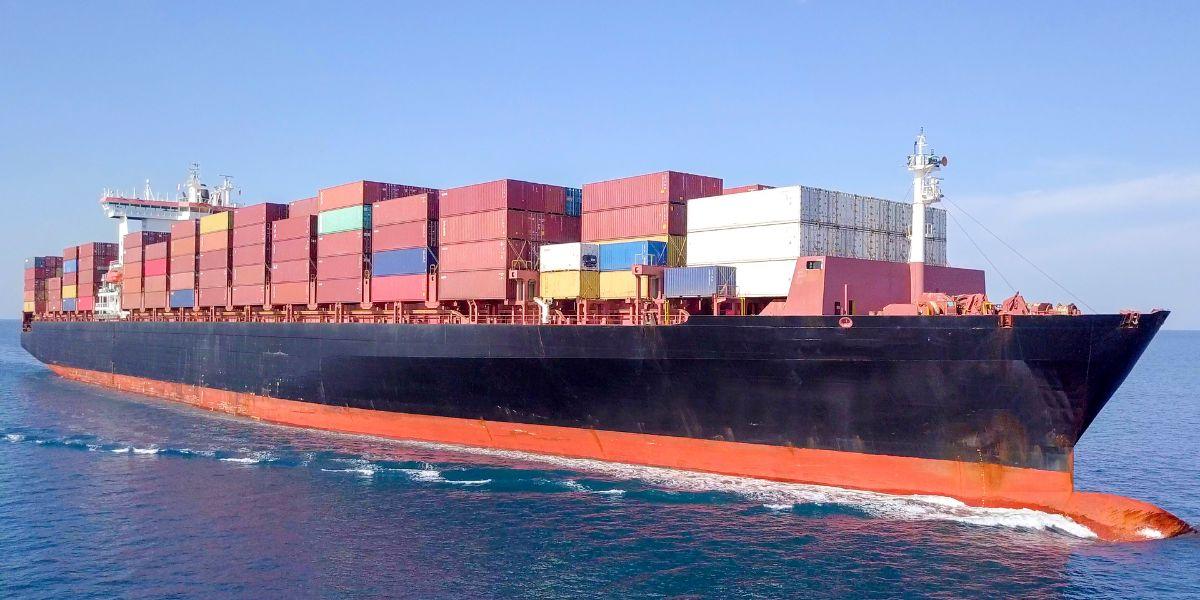Dubai and Pakistan share a strong trading relationship that has been growing in recent years. As a result, the demand for shipping goods from Dubai to Pakistan has increased significantly. If you're looking to ship goods from Dubai to Pakistan, there are several things you need to know to ensure a smooth and hassle-free experience. In this guide, we will take you through the steps required to ship your goods from Dubai to Pakistan.
Step 1: Determine the Best Shipping Method
The first step in shipping your goods from Dubai to Pakistan is to determine the best shipping method. There are several shipping methods available, including air, sea, and land transportation.
Air Shipping
Air shipping is the fastest and most expensive shipping method available. This option is suitable for urgent shipments or perishable goods that need to reach their destination quickly. It takes approximately 3-4 days for goods to arrive in Pakistan from Dubai via air shipping. However, the cost of air shipping can be high, especially if you're shipping large or heavy items.
Sea Shipping
Sea shipping is a more affordable option compared to air shipping. It takes longer for goods to arrive, typically between 10 to 20 days, but it's suitable for shipping large volumes of goods. Sea shipping is the most common method of shipping goods from Dubai to Pakistan because it's affordable and reliable.
Land Shipping
Land shipping is another option available for shipping goods from Dubai to Pakistan. However, it's not a common option because of the long distance involved. The journey from Dubai to Pakistan via land transportation takes several days, and it's not as reliable as air or sea shipping.
Step 2: Choose a Shipping Company
Once you've determined the best shipping method for your goods, the next step is to choose a shipping company. There are several shipping companies available in Dubai that can ship your goods to Pakistan. Some of the popular shipping companies include DHL, FedEx, UPS, and Aramex.
When choosing a shipping company, it's essential to consider the following factors:
- Reputation: Look for a shipping company with a good reputation in the industry.
- Cost: Compare the shipping rates of different companies to find the most affordable option.
- Delivery Time: Check the delivery time for each company to ensure it meets your requirements.
- Insurance: Find out if the shipping company offers insurance for your goods in case of loss or damage.
Step 3: Prepare Your Goods for Shipping
Before shipping your goods, you need to prepare them for transportation. Proper preparation of your goods ensures that they reach their destination in good condition. Here are some tips for preparing your goods for shipping:
- Pack your goods in sturdy boxes or containers to protect them from damage during transportation.
- Label each box or container with the contents and destination address.
- Use bubble wrap or packing peanuts to cushion fragile items.
- Seal each box or container with packing tape to prevent items from falling out.
- Place any necessary documents, such as invoices or customs forms, inside the package.
Step 4: Complete Customs Documentation
When shipping goods from Dubai to Pakistan, you'll need to complete customs documentation. The documentation required depends on the nature of the goods and the shipping method used. Here's an overview of the customs documentation required:
- Air Shipping: If you're shipping goods via air, you'll need to complete an air waybill. An air waybill is a document that outlines the details of the shipment, including the sender and recipient's address, the weight of the goods, and the shipping method.
- Sea Shipping: When shipping goods via sea, you'll need to complete a bill of lading. A bill of lading is a legal document that outlines the terms and conditions of the shipment, including the type of goods, the destination, and the shipping company's liability.
Step 5: Choose a Port of Entry
Once you've prepared your goods for shipping and completed the necessary documentation, the next step is to choose a port of entry. There are several ports of entry in Pakistan, including Karachi Port, Port Qasim, and Gwadar Port.
When choosing a port of entry, consider the following factors:
- Proximity: Choose a port that's closest to the final destination of your goods to minimize transportation costs.
- Accessibility: Ensure that the port is easily accessible to avoid delays.
- Infrastructure: Choose a port with modern infrastructure that can handle the volume and nature of your goods.
Step 6: Monitor Your Shipment
After your goods have been shipped, it's essential to monitor your shipment to ensure it reaches its destination on time and in good condition. Most shipping companies provide tracking services that allow you to monitor your shipment in real-time.
You can also communicate with the shipping company to get updates on the status of your shipment. It's important to address any issues that arise during transportation promptly.
Step 7: Receive Your Goods
Once your goods arrive at the port of entry, you'll need to arrange for their clearance and delivery. This process involves completing customs clearance procedures, paying any necessary duties or taxes, and arranging for transportation to the final destination.
You can hire a customs broker or freight forwarder to handle these tasks on your behalf. They have the expertise and experience required to ensure that your goods are cleared quickly and efficiently.
Conclusion
Shipping Cargo from Dubai to Pakistan requires careful planning and preparation. By following the steps outlined in this guide, you can ensure that your goods are shipped safely, efficiently, and cost-effectively.
Remember to choose the best shipping method, select a reputable shipping company, prepare your goods for transportation, complete customs documentation, choose a suitable port of entry, monitor your shipment, and arrange for delivery.
With the right approach, shipping your goods from Dubai to Pakistan can be a seamless and hassle-free experience.
